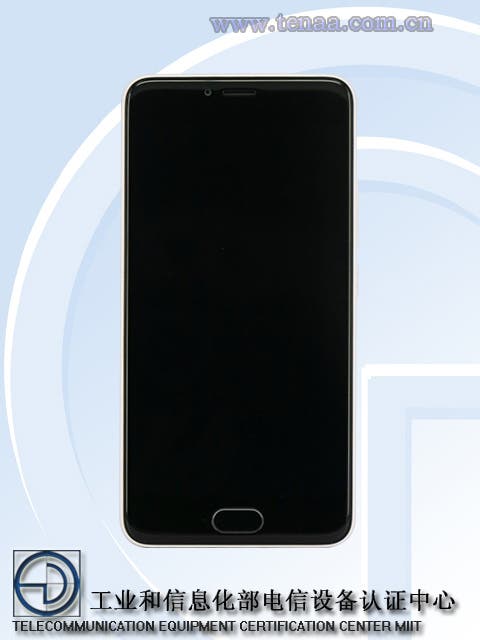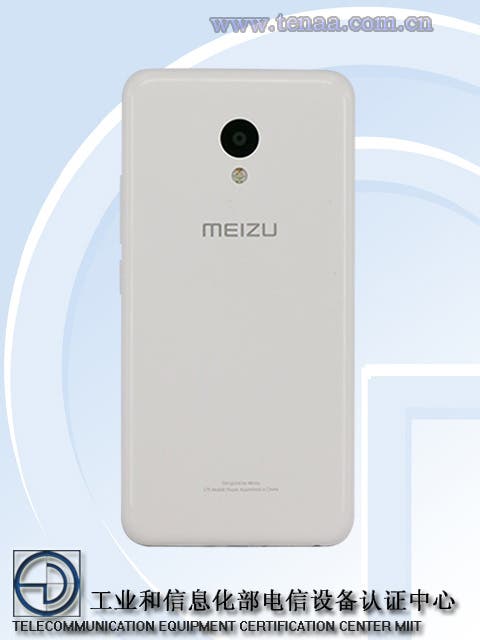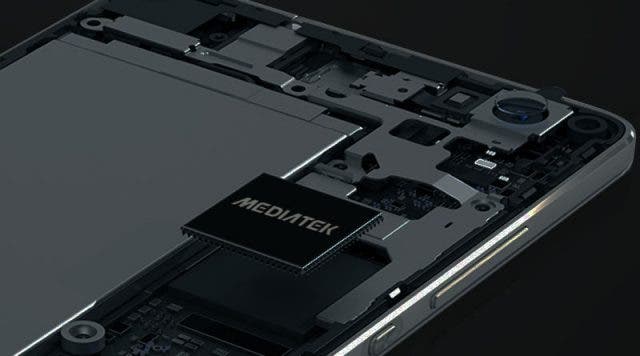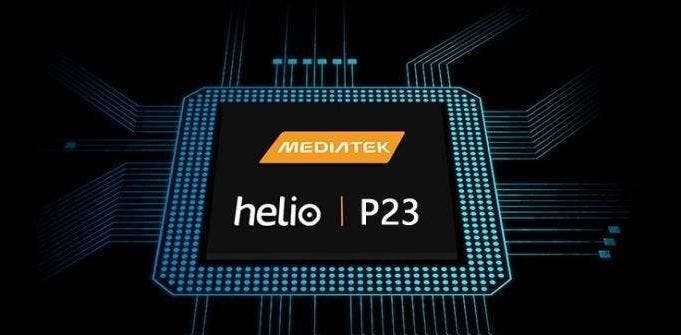While we wait for Meizu press event that will be hold on October 31st, news come out of a Meizu M5 getting TENAA certified, thus releasing all the details. Let’s check them out!
Meizu M5 specifications (expected)
The Meizu M5 comes in a fully polycarbonate body and will feature a 5.2-inch HD display, a 0.2″ jump from the 5.0-inch equipped Meizu M3 presented back in April, the resolution doesn’t change though, still 720p.

The phone will be powered by a Mediatek MT6750 octa-core CPU clocked at 1.5Ghz and it’ll come with different RAM variants; they go from 2GB on the cheapest model, then 3GB and ending in a top model with a massive 6GB of RAM. Same goes for the internal storage, respectively 16GB, 32GB and 64GB. All the models will be able to add more storage through the microSD slot, to a maximum of 128GB.
Camera wise, the Meizu M5 will sport a 13MP rear camera accompanied by an LED flash, while on the front we’ll find a 5MP shooter. It’ll be fueled by a 3000mAh battery and it’ll be running YunOS 5.1.1 OTB.

The physical dimensions of the smartphone are: 147.3 x 72.8 x 8.2mm with a weight of 138 grams. This is everything we know as of now, we’ll keep you updated with further details when they come out. Stay tuned!





YunOS, no thanks!
MTK, no thanks
No point having that much RAM with such a weak processor.
The opposite is true. A fast SoC can swiftly load apps to memory. A weaker SoC will do so far more slowly (from loading, to replaying animations, to redownloading stuff). A huge Ram size allows for those to only happen once.
I.E. open a game and then leave it to background. After a few hours it would still be there (provided that it is not leaking memory). So your weak SoC won’t need to reload. And just like that your weak phone would feel fast…
I find it interesting that cheap phones are starting adding huge amounts of RAM. That way even them would feel fast…
Having more RAM doesn’t make a bit of difference if you never use all of it. People who would buy this processor are not power users and not likely to get that far.
The modern versions of androids use around 1.5-2GB from the get go. Another 200-400MB is used by the GPU and another 300MB needs to always be free for OOM. So anywhere from 2-2.7GB is used at all times.
There is no way that 3-4GB are not going to be used even by a lay user. 6GB on the other hand would indeed not be used fully and that’s their best feature. If it is not to be used fully (it means) OOM won’t start killing background apps slowing down your phone.
So yes, RAM matters more in perceived smoothness and it makes total sense to have it in low SoC configurations…